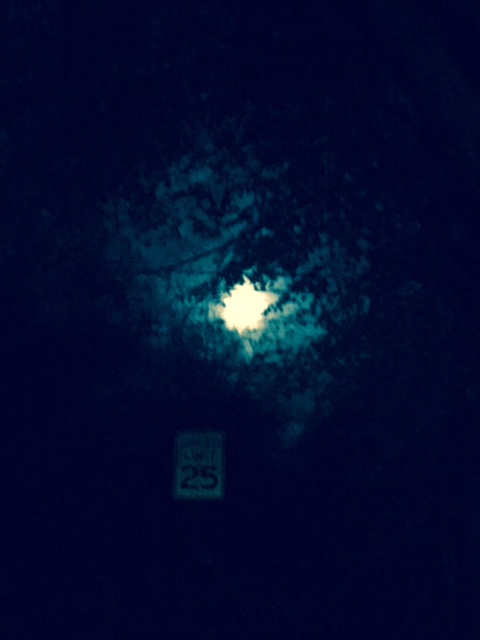
The August full moon, called the Sturgeon Moon, falls on the 19th of this month. And it’s not just a full moon. It is a supermoon! Because its orbit brings it close to Earth it will loom larger that past moons in 2024 as it rises over the horizon. It is also a Blue Moon.
You likely won’t see it at its peak illumination at 1:26 p.m. Central Time when the sun is bright. Look for it rising in the southeastern sky after sunset. However, it will also appear to be full the evenings of Aug. 18 and Aug. 20.
It is also known as a Blue Moon because of its seasonal timeliness of four full moons in a season and not because of the other definition of two full moons in a month. August’s moon is third in the season between a solstice and the equinox.
It gets its name from the weird looking freshwater fish that are more plentiful this time of year in the Great Lakes. Among the best places to see and learn more about these lake sturgeon is the Public Museum in Grand Rapids, MI and the Shedd Aquarium in Chicago, IL where they are in the Touch Pool.
They may also be listed in museums and aquariums as “living fossils” because their known discovered date is more than 130 million years ago.
As with other full moons, the August one also has Native American names including “Corn Moon” (Algonquin, Ojibwe) and Harvest Moon (Dakota).
BTW Even though the August moon is called a Supermoon, it will only look bigger but really won’t be larger.
For more full moon info go to the Old Farmer’s Almanac and TimeandDate.
